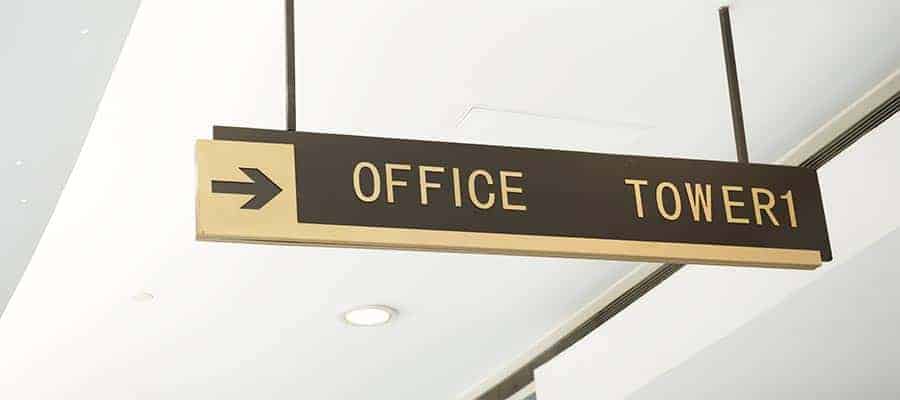We live in the Digital Age, an age where no one is prepared to wait for anything,
Gone are the days when we gave a roll of film to a pharmacy and waited a week to see the photos we’d taken.
For better or worse, this is the Age of Instant Gratification. We want everything now, if not sooner. Does this affect you as a healthcare provider? Yes, it certainly does.
While being an effective healthcare professional is a major part of the equation, it’s no longer enough to keep you truly competitive. Sadly, being a great doctor, allied health worker or mental health worker is no longer sufficient if your patients have to wait.
The good news is that you can quickly get up to speed, so to speak, with a few changes to your practice layout.
Move all essential services to the front
It’s time in motion and every minute counts when aggregated over an entire day’s operation.
For example, let’s say all your busiest doctors and nursing rooms are currently situated at the end of a long corridor. How much time is being wasted with patients, particularly elderly patients, traipsing up and down that corridor? Multiply that by all the people you see in an average year and there will be a significant, possibly startling loss of time.
And don’t forget, your doctors and nurses have to walk those same corridors countless times over a year. It adds up, eats into your profit and increases wait times. So bring all your most visited rooms to the front and make sure staff rooms are at the very back.

Improve signage and way-finding
Make it easy for patients to find their way around your practice with clear, consistent signage at eye level. It’s also a good idea to mix up your floor materials – carpet in waiting areas and vinyl pathways leading the way elsewhere.
Make sure rooms work as an ensemble
How does each room relate to the next room? Where do most patients requiring further attention go after they leave each consultation? Again, it’s all time in motion. Every patient in transit from one room to another is costing you money and keeping others waiting. Minimise the most frequent journeys and it will improve the productivity and, therefore, profit of your practice.

Unclog high traffic areas
Areas of high congestion impact on the speed and flow of daily business. If public and private areas are merging in ways that generate excessive traffic, you may need to make some changes. Once you have your spaces and busiest rooms relocated, rezone all public and private access areas to relieve bottlenecks.
And do remember, for many in this day and age, a five minute wait is four minutes too long and they won’t be back. Address your room flow, make the changes needed to ensure people aren’t in transit for long and it will add up to a far more efficient day with waits your patients can deal with.
Article originally published by Interite Health Healthcare Interiors. They are Australia’s leaders in medical fit outs and healthcare design. Contact them via website https://www.interitehealthcare.com.au/



